By modeling the biological world, we formalize verbal theories, generate testable hypotheses, and develop methods of data analysis. Within OEB, we are focussed primarily on evolutionary and ecological modeling.
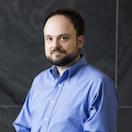
|
Benjamin L. de Bivort
|
Discovering why individuals behave uniquely by linking automated quantification of behavior to variation at the molecular, cellular and neural circuit levels |

|
Michael M. Desai
mdesai@oeb.harvard.edu |
How genetic variation is created and maintained; natural selection in asexual populations such as microbes and viruses |
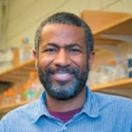
|
Scott V. Edwards
|
Evolutionary biology of birds and relatives, combining field, museum and genomics approaches to understand the basis of avian diversity, evolution and behavior |
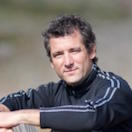
|
Gonzalo Giribet
|
Evolution and biogeography of invertebrate animals, mainly arthropods and mollusks |
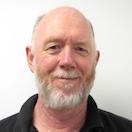
|
David A. Haig
|
Maternal-fetal conflict in human pregnancy to the evolution of plant life cycles; genetic conflicts within individual organisms, as exemplified by genomic imprinting |
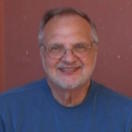
|
Daniel L. Hartl
|
Interface between evolution, molecular biology and genomics
|
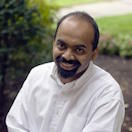
|
L. Mahadevan
|
Natural interface between physical and biological systems that arises in the context of collective biophysical and biomechanical behavior over a range of scales, from O(nm) to a O(cm)
|
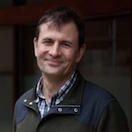
|
Paul R. Moorcroft
|
Ecological dynamics of terrestrial plant communities and ecosystems; biosphere-atmosphere interactions; mechanistic models of animal movement
|
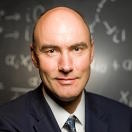
|
Martin A. Nowak
|
Initiated the field of virus dynamics which led to quantitative understanding of HIV infection; evolution of cooperation |

|
Pardis Sabeti
|
Genomic signals and mechanisms of evolutionary adaptation in humans and microbial pathogens
|

|
Mansi Srivastava
|
Wound response and stem cell biology during regeneration in an evolutionary framework |
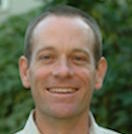
|
John Wakeley
|
Mathematical and statistical population genetics, especially coalescent theory
|
